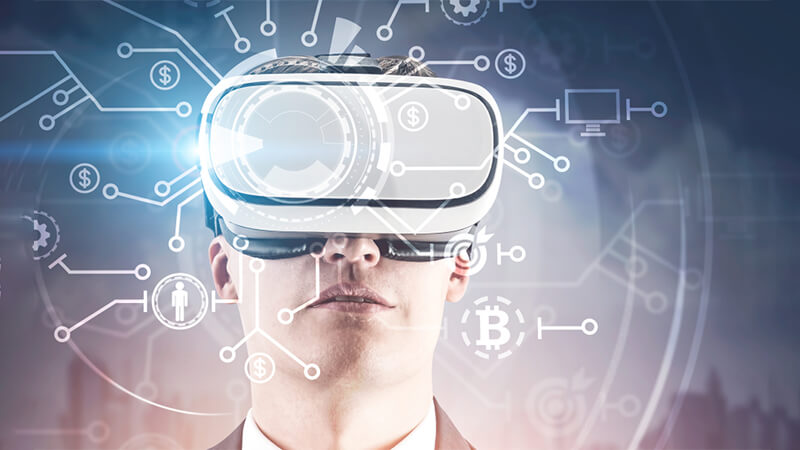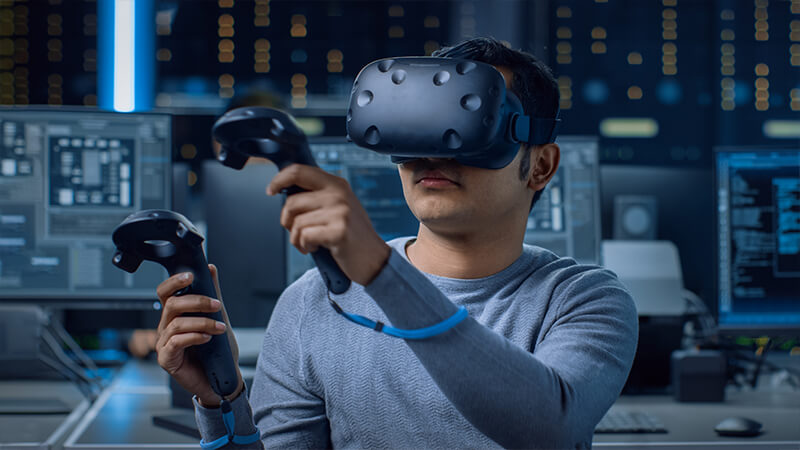The rise of Augmented Reality (AR) and Virtual Reality (VR) technologies has ushered in a new era of digital experiences. From educational applications to gaming and the creative arts, AR and VR have opened new horizons of possibilities, offering immersive, interactive experiences like never before. However, as we delve deeper into these virtual spaces, cybersecurity concerns have come to the forefront. How do we safeguard our data, privacy, and digital selves in these increasingly interconnected virtual worlds?
Firstly, it’s crucial to understand the unique cybersecurity challenges posed by AR/VR. One of the main concerns is data privacy. Both AR and VR require the collection and processing of vast amounts of data, including sensitive personal information. For instance, VR can track user behavior, gaze, gesture, voice, and even biometric data to enhance the user experience. AR applications often need access to device cameras and GPS, thus collecting real-time information about user surroundings. In the wrong hands, this information could be misused, leading to severe privacy breaches.
Furthermore, as AR/VR applications become more sophisticated, the threat of hacking and malicious attacks also increases. Imagine a scenario where a hacker gains control over a VR environment, manipulating the user’s perception or using it as a platform for social engineering attacks. Or consider the potential risks if an AR application overlaying digital content onto the real world is manipulated, leading to harmful real-world consequences.
To address these concerns, we need robust cybersecurity strategies specifically designed for AR/VR. This includes stronger data encryption techniques to protect sensitive user information, secure coding practices to prevent vulnerabilities, and regular security audits and updates.
However, technology alone isn’t enough. We also need to foster a culture of cybersecurity awareness among AR/VR users. Educating users about potential risks, promoting safe online behaviors, and encouraging them to understand and use security settings and features is just as important.
Regulation also has a vital role to play. Governments, technology companies, and international bodies need to collaborate to create comprehensive regulations that protect user privacy and data without stifling innovation.
In our enthusiasm to explore and adopt new technologies, it’s essential not to lose sight of the human element. It’s about ensuring that our virtual spaces are safe and respectful environments where people can explore, learn, and connect without fear. As we venture further into the world of AR/VR, the need to protect our virtual spaces becomes not just a technological challenge but a societal one.
Technology, at its best, should serve humanity, respecting our rights and freedoms. Let’s ensure that as we embrace AR and VR, we do so with our eyes open to the challenges as well as the opportunities, always striving to put human values at the forefront. The future of AR/VR is exciting, but ensuring this future is secure and inclusive will make it even more so.
In our next conversations, we’ll continue to explore the intersections of technology and society, always from a human-centric perspective. As we navigate this fascinating digital landscape, it’s a journey I look forward to taking with you all. Stay tuned!



